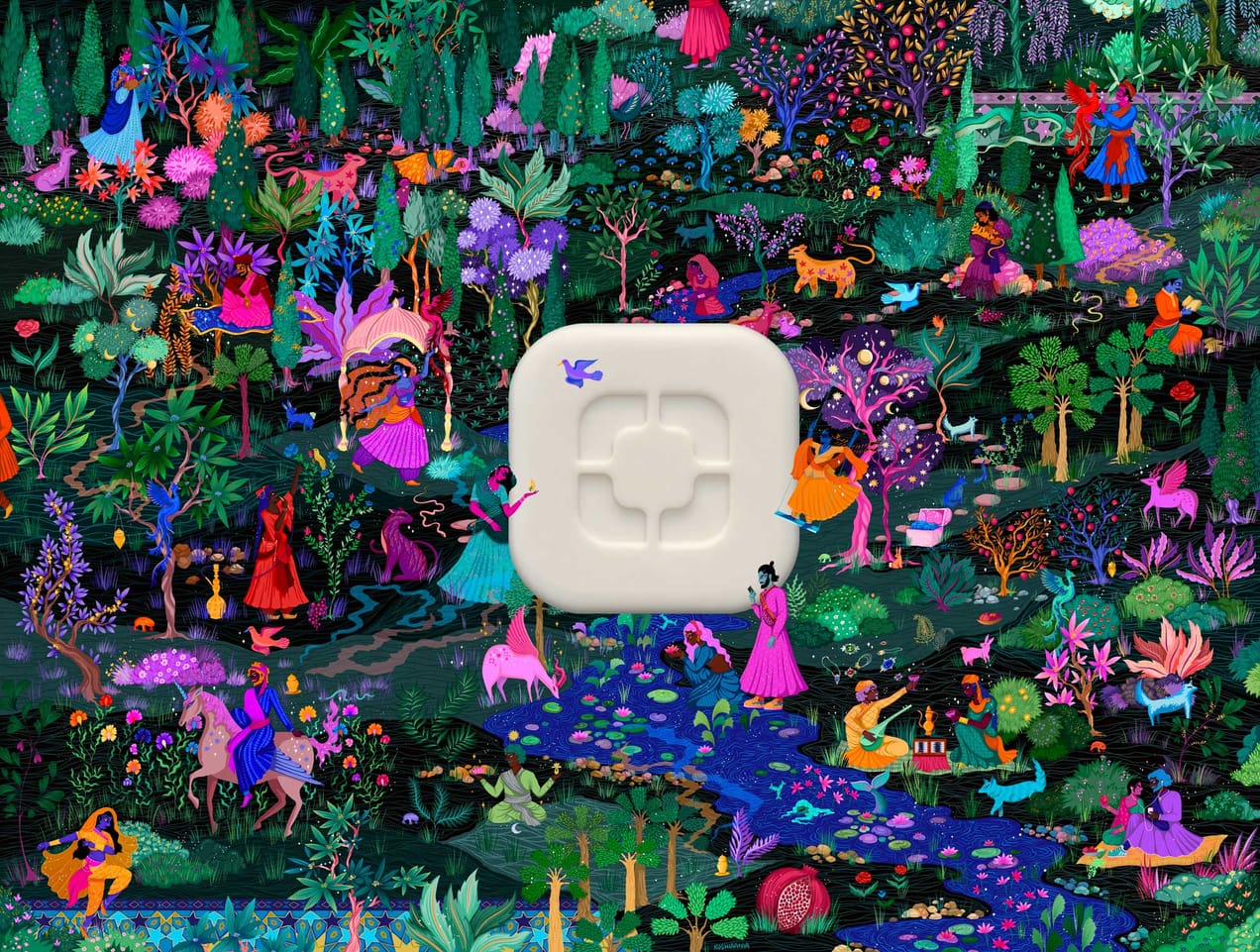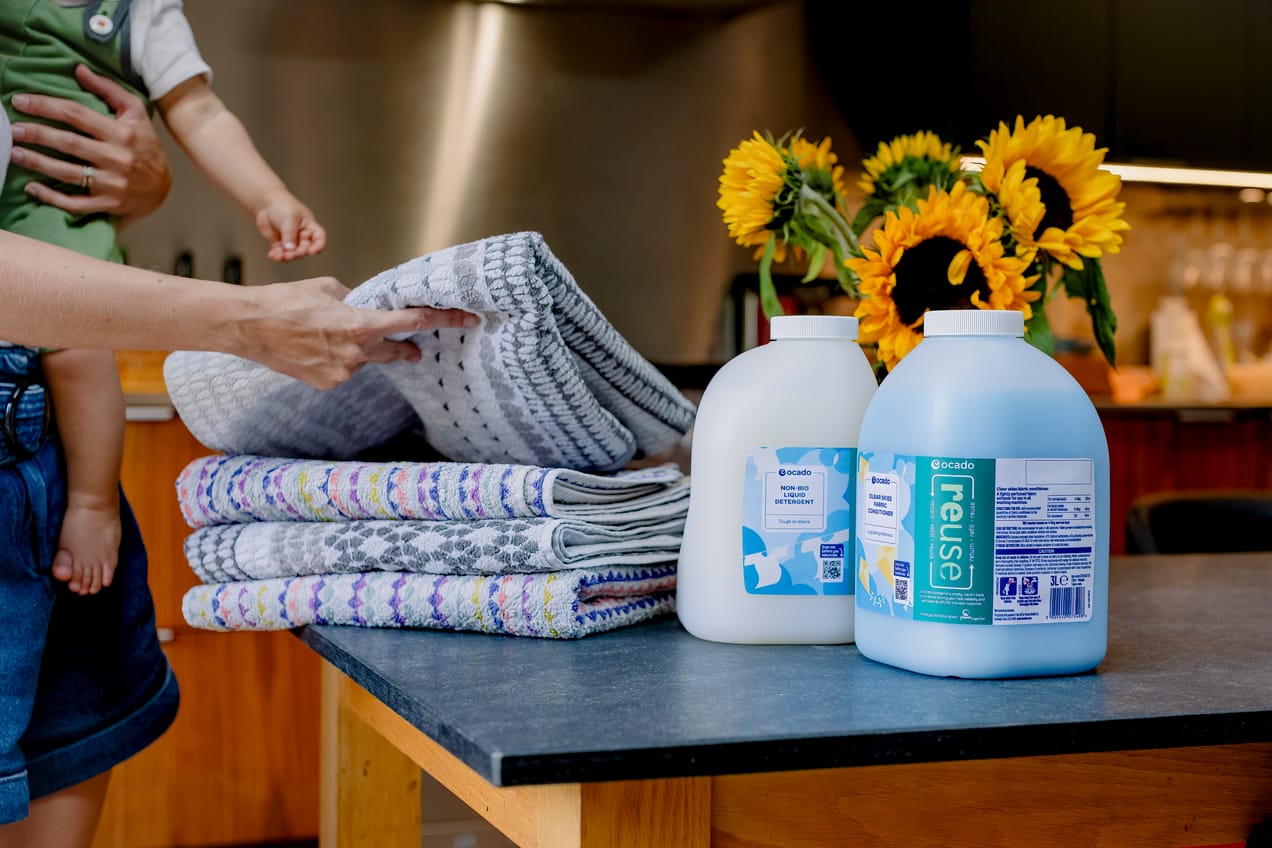
Refillable Beauty 2023 - part 1 - Introduction & Definitions
From regulatory constraints to market demand, refillable beauty products are invading the market. They require a shift of paradigm from sourcing, supply chain with production and logistics, as well as retail all the way to recycling.
The legal definition of refillable is available in Chapter 4. Jump here.
THE REFILLABLE BEAUTY REPORT
The most common ways products are developed to be refillable are:
- Recharge or Refill in-store
- Deposit Scheme
- Eco-refill or Eco-recharge
1 - Recharge or Refill with in-store Refill Fountains
With two components:
- clean packaging
- fountain for bulk formula delivery
Clean packaging is offered in-store for a fill or refill of the products. Often times this involves a cleaning procedure for the packaging, or a few examples with Reposit by Beauty Kitchen in the UK for personal care cleansing products, refill stations at the Body Shop in Europe for body and hair cleaning products, or L’Occitane for beauty care or even Cozie bio for skincare in France for instance, or Mugler or Guerlain fragrances refill station (more details in the case studies later).
These often include a deposit scheme for packaging, where consumers will pay and get money back when packaging is returned, or can just exchange used packaging with a new version.
The idea is often to use the packaging 3 to 4 times at least before it is replaced by new packaging.
This system requires a full change of paradigm from supply chain to retail and consumer journey. The supply chain needs to deliver in bulk to the stores. The retail stores need to train employees to refill and clean stations (or the brand owner). Consumers need to bring back their packaging.
2 - Deposit scheme with pre-filled containers
Where consumers will bring back empty products and take a similar one in exchange at the store. This requires an agreement with retailers for logistics., with examples like Endro Cosmétique with a deposit scheme on their glass jars.
Deposit schemes require consumers to bring back used and empty packaging. An inconvenience in most markets, since we’ve all moved to throwaway products. In countries like Germany where glass bottles for beer or other drinks are still sold under a deposit scheme, it may be easier to implement the system since it’s already in the market habits.
In France, the government has recently announced the desire to bring back deposit schemes everywhere with supermarkets being required to collect glass containers as a first step.
The LOOP system by Terracycle has been developed for that purpose. They have been doing experiments in the last few years with retailers like Carrefour in France. When we met Tom Szaky, earlier in 2023, he mentioned that the system is not yet economically viable and still being in the testing phase, but since they have gained a lot of insights in the testing and implementation phase and will be ready to roll it out in the entire French market if the regulations were to pass.
In our interview with Tom Szaky, we learned that 80% of packages come back to the retail store and the goal is to reach 97% with LOOP. He also explained that packaging should show a visible differentiation compared to regular products, meaning that people from the household that did not buy the product would easily identify the pack as “returnable” to the store in the deposit scheme. Szaky also noted that cost and value should also be identified in the packaging and clearly indicate the refill option.
3 - Eco-refill, eco-recharge or Reload - with cartridge, pouch or tablets with added water for instance.
This is the less invasive solution that is easily implementable with any product. The concept does not require a change of supply chain, but mostly a change at retail with a dual product category on shelves, with a full product sold or a refill cartridge or pouch for refill.
L’Occitane has been offering refill packaging for a while on the market for body and facial care, and ArtDeco in Germany, a make-up brand, always sold refill for its eye and face make-up collections (more on this in the PART V - case-studies - section of the report).
“ Numerous obstacles: technical, economic, regulatory, societal ” explained Elodie Fisicaro, in charge of sustainability at the Fébéa.
- Product safety and traceability obligations
- Constraints linked to product characteristics
- Complexity of return logistics
- Shelf space constraints for bulk and refills
- Competitive reuse prices not yet achieved
- Multi-brand and multi-network consumption habits
The Febea in France has developed a working group to mutualise actions for the implementation of refillable solutions with:
- Sharing experience and best practice
- Analysing the environmental benefits of each reuse system and defining the conditions for success to make sense of them
- Co-constructing a shared multi-brand bulk offer with shared technical solutions
- Setting up washing solutions for reused containers
- Reverse logistics and cleaning hubs to be created
- Development of standard packaging “explains Fisicaro
It seems that the implementation of a logistics hub with “return, cleaning, refill” will be paramount for the success of the deposit or refill scheme in stores, as well as a maintenance and logistic service in-store. The cost could only be supported by an array of brands allowing economies at scale.

